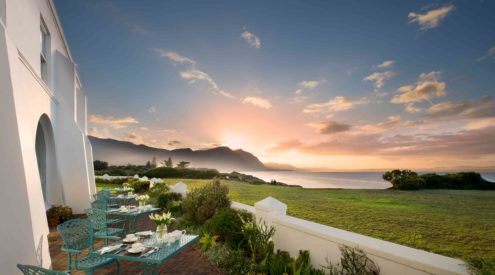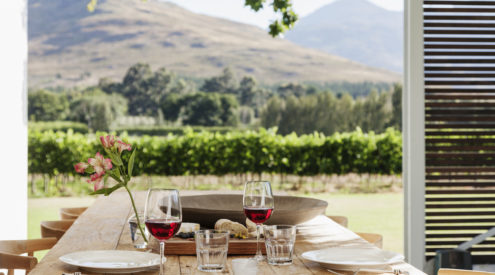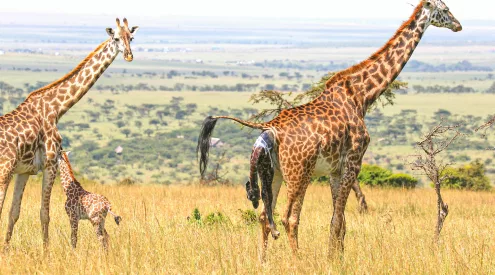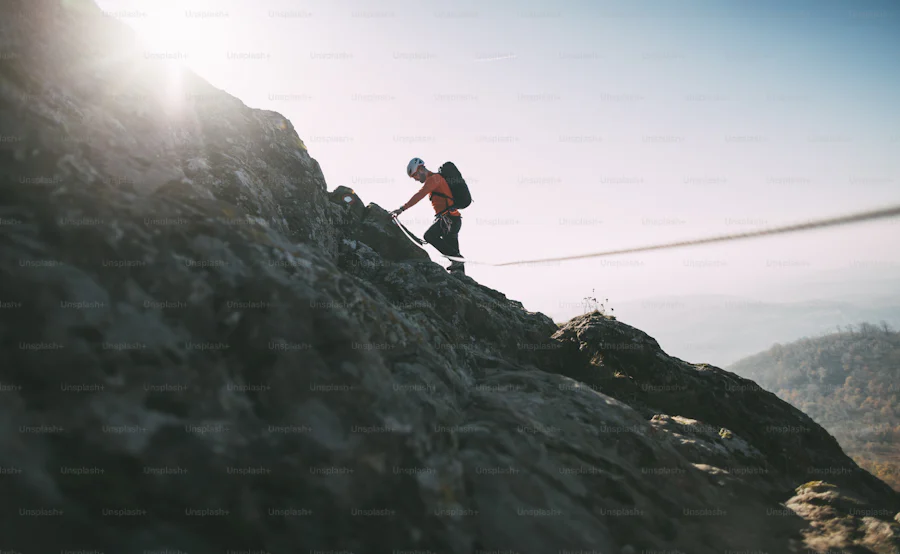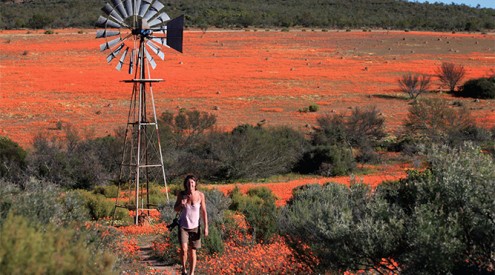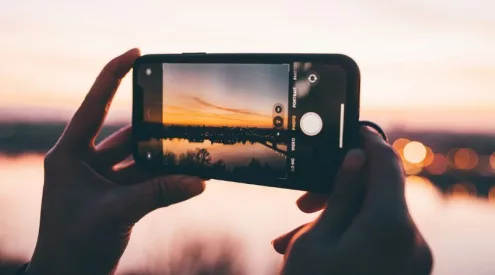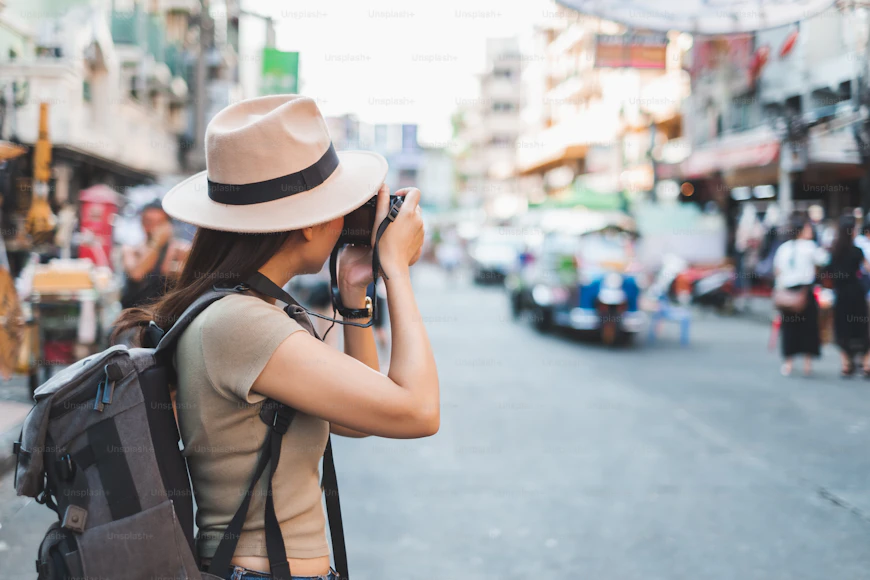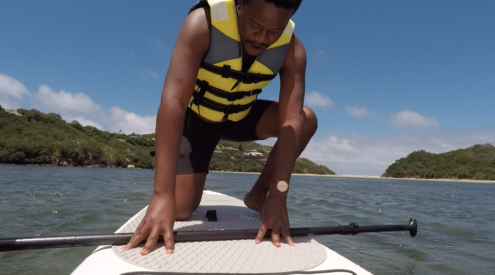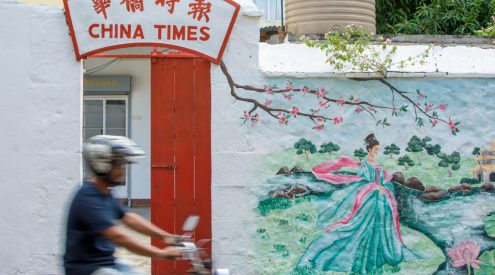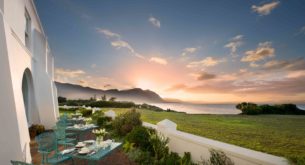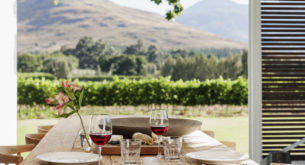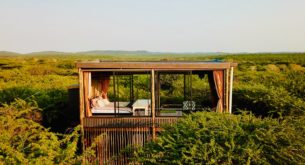I woke up this morning to cheeky monkeys playing outside my room. I wandered outside for a bit, taking photos of the beautifully still early morning but turned around to see the monkeys were grouping themselves near my patio door, looking for a way in.
Breakfast here is an incredible buffet spread of fresh fruit, six types of yoghurt, seven types of nuts, a huge variety of cheeses and cold meats, sushi, smoked salmon, 12 kinds of pastries, and a huge menu from which to order every kind of eggs and cooked breakfast you could want. I’ve had some good breakfast spreads before but this is really the best.
After managing (somehow) to not completely stuff myself at breakfast, some of the group and I headed off for a guided tour of the falls. It’s been a bit weird arriving here and staying at the hotel for a day with the falls in sight, but not having actually seen them yet.
Our tour guide David (everyone seems to be called David here) was really informative and interesting. He told us that Zambia takes its name from the Zambezi, meaning ‘land of many rivers’. The Zambezi is Africa’s fourth largest river at 2700 km long, and it’s the only big river in Africa that flows east. It was formed around two million years ago after a volcanic eruption created massive fissures. David pointed out Livingstone Island, where David Livingstone first viewed Victoria Falls in 1855, transported by local people in a dugout canoe. The island is inaccessible now because the water level is too high, but when it’s a bit lower you can take a boat there and eat at its restaurant.
David spoke about the local Leya tribe, which believes that the falls belong to a god, Nyaminaymi, a half-fish half-snake who lives in the Zambezi and claims the lives of people when he is angry. In the 19th century visitors to the falls had to ask the Leya chief for permission to see them, because if he didn’t pray to Nyaminyami then you wouldn’t make it back from the visit alive. The Leya still believe the Zambezi is sacred, and they use its water for a rainmaking ceremony that they hold in November, before the rainy season begins.
It’s easy to understand why people would believe that the falls are the work of a mighty river god – the sheer power and force is awesome, in the true sense of the word. It’s the end of rainy season now, and the amount of water constantly pouring down is incredible.
After lunch at the Zambezi Sun, we were treated to an hour-long full body massage in gazebos on the edge of the river. Underneath the massage beds, where you put your head through, there are mirrors angled so that you can watch the river float past. Bliss.
In the early evening we boarded the Livingstone Express, a 1922 steam train for a trip into Mosi-oa-Tunya National Park and another unfaultable five-course dinner. Rumbling through the outskirts of Livingstone, we picked up a following of children who could easily keep up with the train’s slow pace. The train makes this trip three times a week, but these kids appeared to be really excited about it. They stopped whatever they were doing to follow the line of other kids running along the railway track. There was a boy in pajamas and another running with his dinner bowl. They had to stop following us when we entered the park.
The train is all colonial 1920s railway elegance. We sat in the dining car and were served the most delicious meal, all prepared in the train’s tiny kitchen. We had gazpacho, blue cheese and pear, a wild mushroom risotto, slow-cooked lamb shank and an apple tart with granny smith apple ice-cream. We didn’t go very far until we stopped for dinner, and then rumbled back to town.

